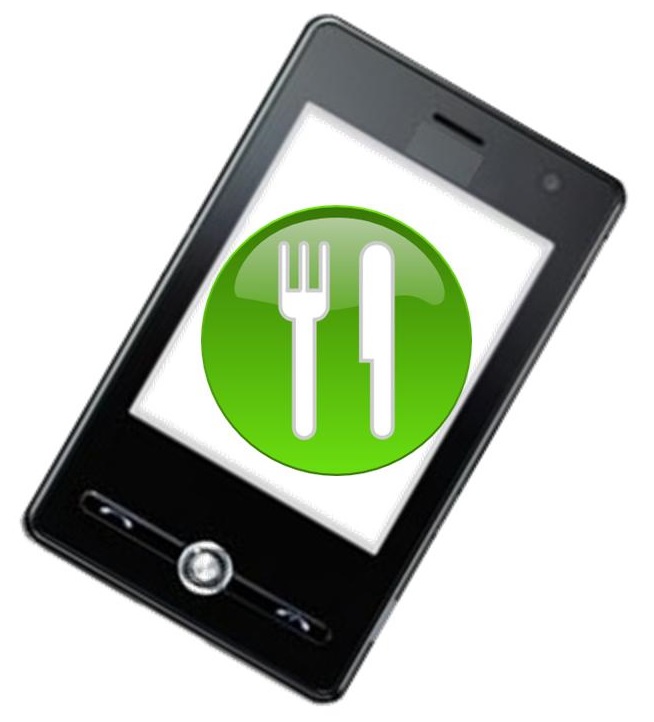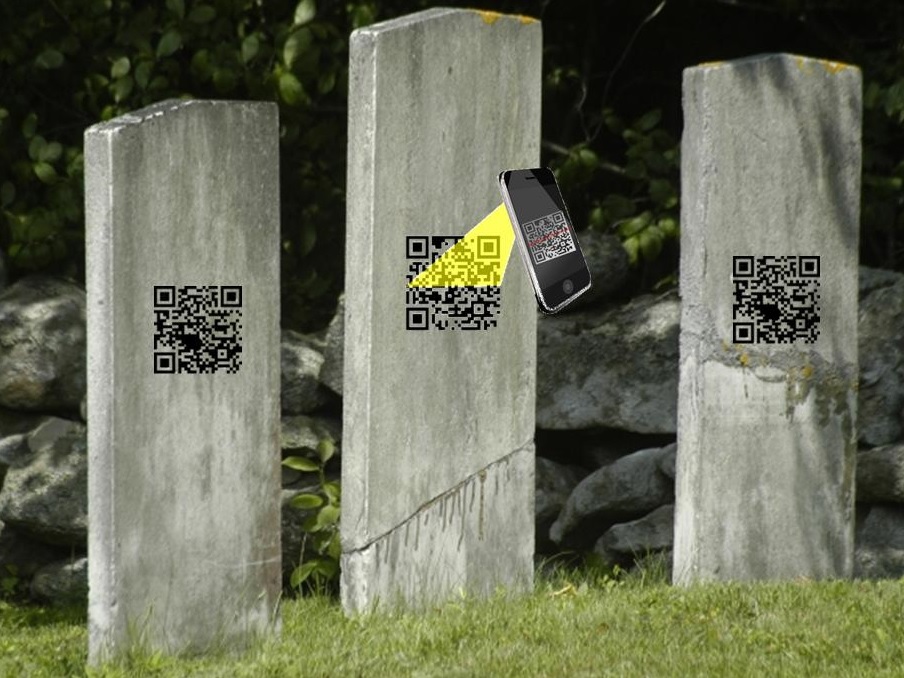The latest report from Millennial Media has revealed that this industry is a powerful smartphone ad user.
Millennial Media has now released its most recent SMART report, which seeks to offer a deeper look at the restaurant industry, and in this edition, it has indicated that mobile marketing plays an important role among restaurants.
The report has provided considerable insight into the use of these smartphone friendly ads by these businesses.
Among the mobile marketing statistics that were provided in the report was one that indicated that 80 percent of restaurant campaigns targeting smartphone users includes a page or site that features a store locator. This is extremely notable, because when Millennial Media compared that figure to the average of all total campaigns over its platform, businesses as a whole were using that feature only 15 percent of the time.
The ad network also determined that restaurants have more searchable mobile marketing campaigns than the average.
 What it found was that among the mobile marketing campaigns of restaurants, 70 percent allowed consumers to search their site from their smartphones. The average among all of the platform users, was much lower, at 24 percent.
What it found was that among the mobile marketing campaigns of restaurants, 70 percent allowed consumers to search their site from their smartphones. The average among all of the platform users, was much lower, at 24 percent.
The primary goal for restaurant mobile marketing campaigns – that is, in 80 percent of cases – was to boost foot traffic to their locations. The MM platform overall saw the same goal for their campaigns in only 9 percent of businesses.
In the first quarter of this year, the leading spending vertical was Telecom, and this experienced a year over year increase in spending by 102 percent. The next three leading verticals after Telecom were Entertainment, Finance, and Retail.
The mobile marketing and commerce report showed that when all was said and done, there were eight different verticals that experienced growth in their spending that was 100 percent or greater when compared to the same time in 2012. The leader was Sports, which saw growth in its spending by 600 percent, compared to Q1 2012.
The three leading mobile marketing campaign goals for brands and marketers, said the SMART report, were “Sustained In-Market Presence,” followed by “Driving Site/Mobile Traffic,” and finally “Driving Registrations.”

 In the case of tombstones, QR codes can redirect visitors to a cemetery to a page about the deceased.
In the case of tombstones, QR codes can redirect visitors to a cemetery to a page about the deceased.